The African Meeting House served many different functions for Boston’s Black community throughout the 19th century. It has been a church, a social gathering spot, and even a school depending on the need. It was also served as a hub of abolitionist activity.
Funding Efforts and Construction
The Meeting House was built in 1806 due to a joint effort by Blacks and whites to raise $7,700. Cato Gardner holds a special distinction in the fundraising efforts for the building. The building committee managed to get $2,500 with roughly $1,500 of that coming from Gardener’s efforts.
Short of the required amount, the building committee approached the state legislature. An extensive listing of everyone and every task involved was required by the state legislature to ensure that funds were properly used. As a result, there is a great amount of information about the construction phase of the African Meeting House.
Early Roles
The African Meeting House’s original role was as a church for the Black community. As a matter of fact, the “African Meeting House” was more of a local nickname than the official name. Initially called the First Baptist Church and saw many pastors come through its doors. The first person to lead its flock was Thomas Paul who was the pastor from 1805 until 1829.
While also serving as a church, it was also the second site of a school for Black children—the first being Primus Hall’s home. This continued from 1805 until 1835 when the Abiel Smith School was completed. After its 1850 remodeling, abolitionist activity picked up as tensions between the North and South intensified.
When the Black community moved to different parts of Boston, the African Meeting House no longer had its original community to serve–similar to the fate of the Abiel Smith School next door. It would become a meeting place for Boston’s growing Jewish community and served as a synagogue into the early 1970s.
The African Meeting House Today
When the early 1970s rolled around, the building was sold back to the Black community and became one of the main sites of the Museum of African American History. In 1974 the Meeting House became a National Historic Site. Today, it serves as the offices for the Museum.
REFERENCE
–https://www.nps.gov/boaf/learn/historyculture/amh.htm
-http://maah.org/site14.htm

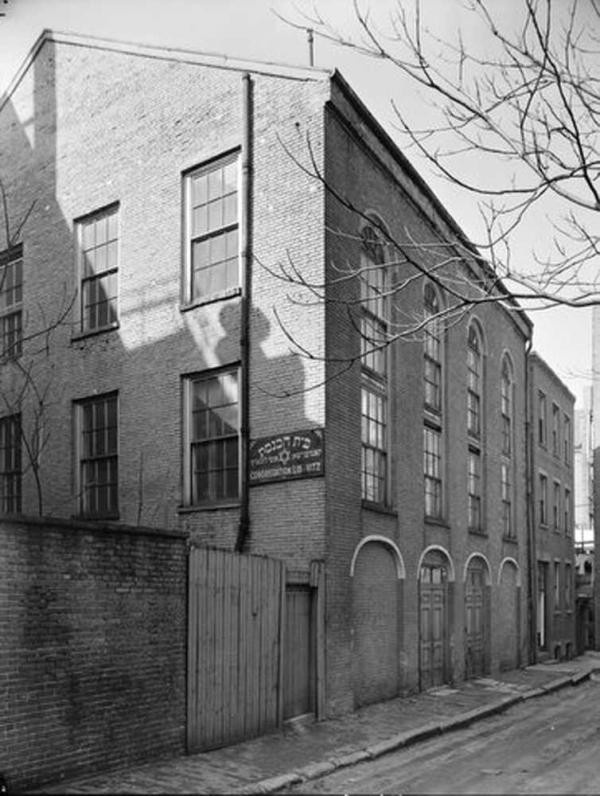



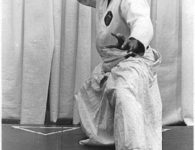
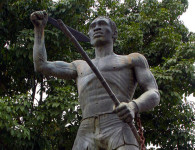

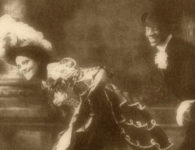



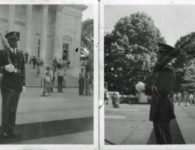


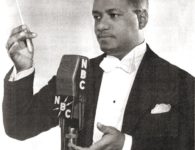

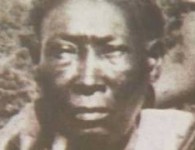



No comments